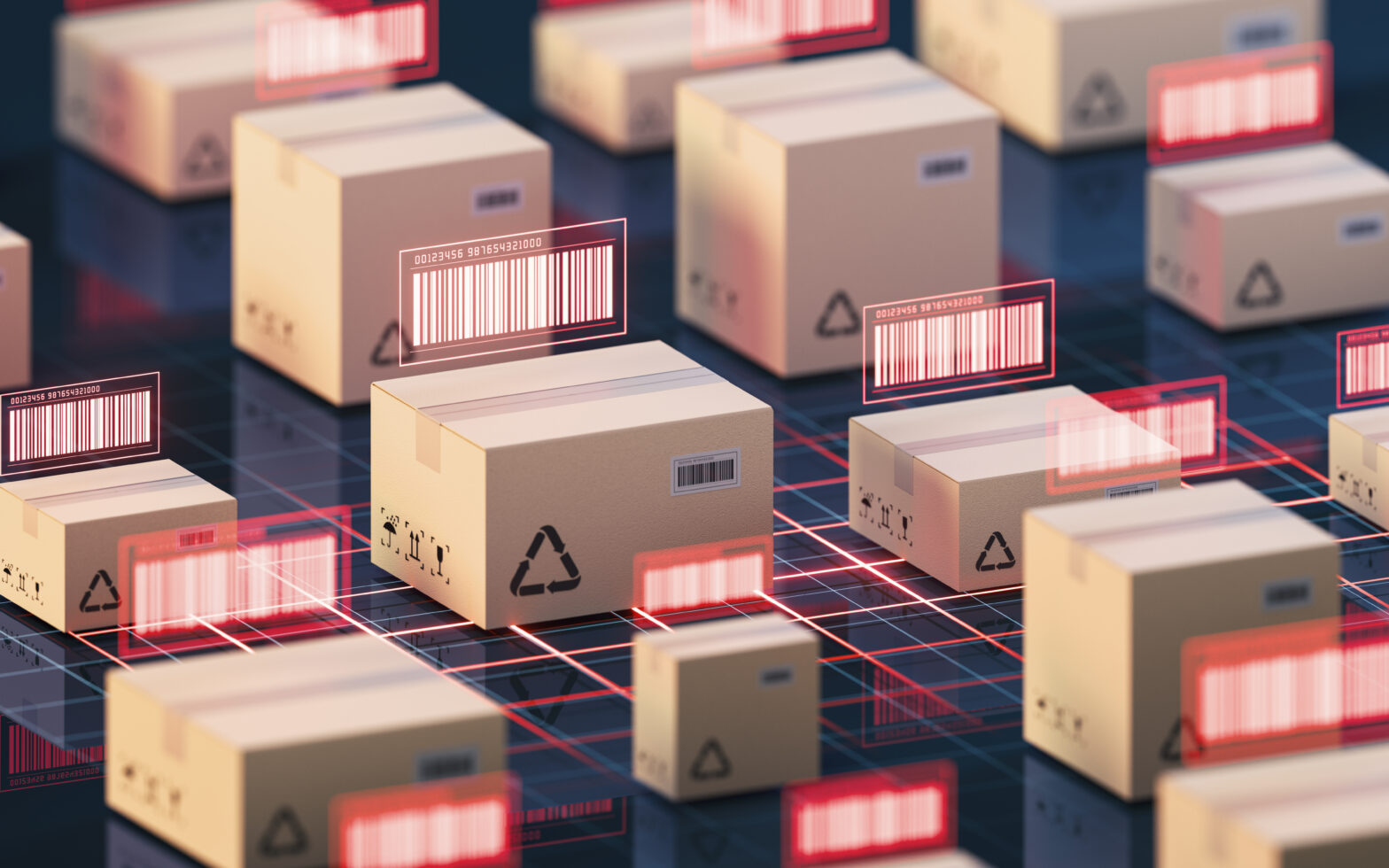Following Brexit, the UK is responsible for designing and implementing its own border arrangements for biosecurity and food safety and as such will introduce the Border Target Operating Model – also known as TOM.
The new trading model, which was initially planned to come into effect on 31 October 2023 before being delayed until 2024 amid inflation fears, will officially classify the EU as ‘overseas’ and treat EU imports accordingly.
It will categorise food and plant imports into three risk categories: low-risk, medium-risk and high-risk.
This will mean more checks on foods such as meat, fish and even fruit and vegetables from the EU – in line with checks from countries outside Europe. It is the biggest change to UK import rules since Brexit.
It’s likely the new measures will now be implemented in 2024 – something Andrew Thurston, a consultant at MHA, says will frustrate businesses.
“Another post-Brexit border check delay will be no surprise,” he says. “The government is reluctant to place additional costs on businesses and risk pushing inflation higher. The most likely scenario is that border checks will be delayed by three to six months.
“Those businesses that invested time and money to prepare for the checks, only to see them delayed again, will be frustrated. We should be encouraging firms to think ahead but those who did repeatedly see their good efforts go to waste.
“While unlikely, there will be businesses who would welcome some form of compensation, particularly as this is the fifth delay to border checks.”
What is the Border Target Operating Model?
The Border Target Operating Model is the new security and biosecurity model applying to animal and plant imports – from the EU and rest of the world.
It is designed to improve sanitary and phytosanitary (SPS) controls on imports. The aim is to improve biosecurity, better protect the environment from pests and diseases and deliver safe food to the shelves.
One change will be the introduction of a risk scale for sanitary – such as meat, fish and dairy – and phytosanitary products, including seeds and plants, “with controls appropriately weighted against the risks posed both by the commodity and the country of origin.”
Phytosanitary changes will include digitisation of health certificates. The government will also pilot a scheme whereby authorised importers of plants and some animal products can be eligible for streamlined controls providing they can prove they are meeting regulatory requirements and standards.
The ‘Single Trade Window’ is the final aim of the changes – the creation of a single digital gateway where importers and exporters can upload their standardised paperwork and apply for licences.
Timeline
The TOM will be introduced in stages. The first stage will be the requirement for high-risk animal and plant products to carry a health certificate. These are high risk in the sense that they carry the highest risk of pest and disease-related problems and will be judged according to the commodity and the country of origin.
There have been drafts of TOM so far. The final publication will likely be released later this year.
First changes (scheduled for January 2024) – Health certification will be needed for imports of ‘medium-risk’ animal products – such as meat, dairy and fish – and products of non-animal origin considered ‘high-risk’. Certificates will be required for phytosanitary products arriving from the EU.
Second round of changes (scheduled for April 2024) – Documentation, identity and physical checks at the border will be implemented on ‘medium-risk’ animal products, plants and ‘high-risk’ food of non-animal origin.
Third round of changes (scheduled for 31 October 2024) – EU imports will require safety and security declarations (SSDs). There will also be a reduced dataset for imports and use of the UK Single Trade Window will remove duplication across different pre-arrival datasets.
How do I prepare my small business?
Once the model is underway, each consignment of food imports coming into the UK will require a fee of between £20 and £43.
Businesses are being urged by the government to work with their supply chains in preparation for the first set of changes now.
The new risk categories and the types of foods associated with each will be as follows:
High risk – live animals, live aquatic animals and germinal products
These will require pre-notification, health certificates, documentary checks and a high level of ID and physical checks.
Medium risk – raw, frozen meat, dairy, animal by-products for feed, fishery and aquatic animals
These will require pre-notification, health certificates, documentary checks and may be liable to identity and physical checks at the border.
Low risk – Processed, shelf-stable products such as canned meats
These will require minimal controls with no health certification required. There will be no routine physical checks.
Similarly, the risk categories for importing plants are as follows:
High risk – Plants for planting
Medium risk – Plant products – risk linked to a trade
Low risk – All other plant products
However, without a definite timescale for when to prepare, many businesses are left sitting on their hands, according to Christopher Salmon of import consultants Clear Border.
“This time I’m not aware of any who have made material changes to systems anticipated in the Target Operating Model and they’ll be very pleased now because the government has shied away from doing it again,” he told Small Business.
“But the government will have to do something because there is a risk and the longer you leave it the bigger it gets.
“If we get a case of swine fever in the country, that’s the pig industry out and then you’d lose your trading partners as well.”
More on importing and exporting
Importing from India – India is a natural and growing trading partner for the UK, with the UK government pushing for a full UK/India trade deal. But what steps should you take if you want to import from India right now?
Microbusinesses lead way when it comes to exports – Nearly half of microbusinesses made exports last year compared with 39% in 2021





